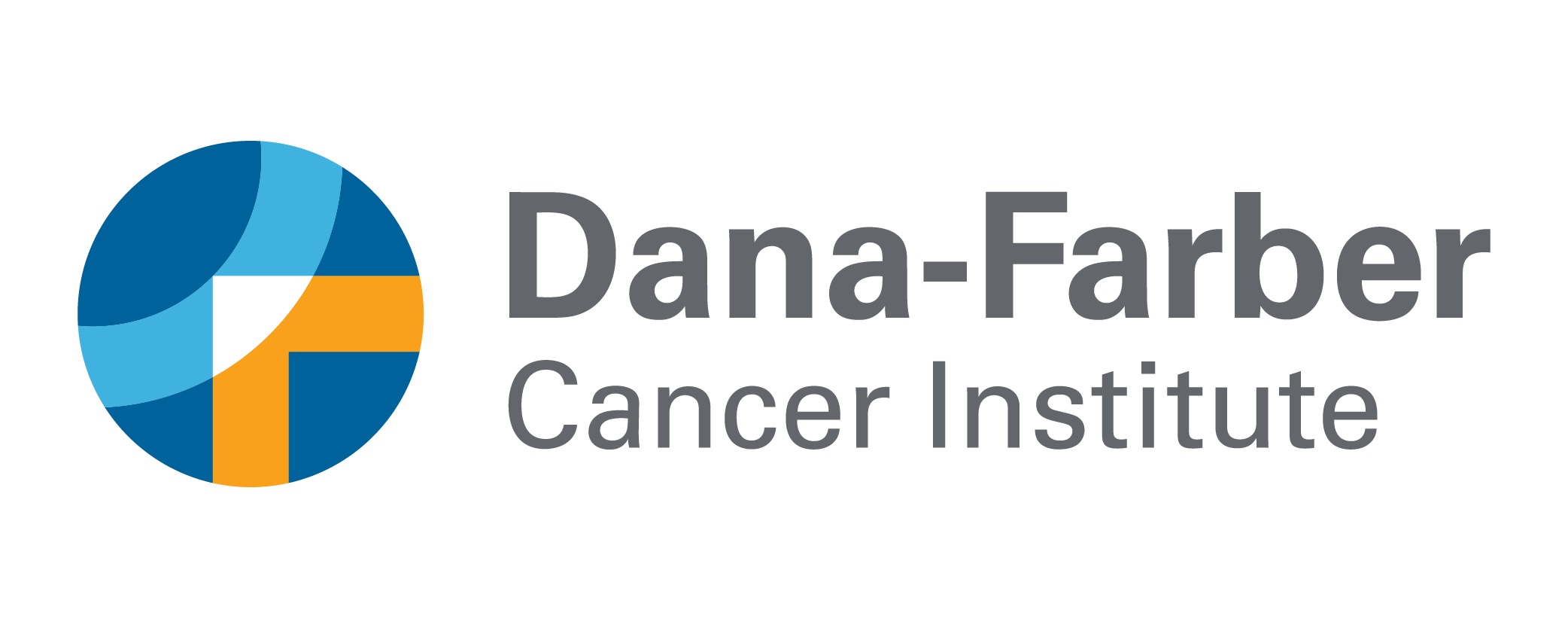Newswise — Boston – The holidays are in full swing and festive food is everywhere. Some are naughty, some are nice, and some may even help fight cancer.
“While these so-called holiday foods are delicious to eat, they can also have the added bonus of containing cancer-preventing nutrients,” says Stephanie Meyers, MS, RD/LDN, a nutritionist at Dana-Farber Cancer Institute in Boston. Meyers and her colleagues have put together a list of foods and recipes that definitely belong on the “good” list this holiday season.
Go nuts
Dust off that family nutcracker. Recent research finds that walnuts may help to prevent kidney and colon cancers. In addition, the study suggests that walnuts are a rich source of antioxidants that may help protect cells from oxidative damage. Walnuts contain essential fatty acids, or the so-called “good fats,” which are known to help reduce blood pressure and boost the immune system. So go nuts with this simple pesto recipe.
http://www.dana-farber.org/Health-Library/Walnut-Pesto.aspx
It’s not just for pie
Pumpkin is a holiday staple for many families. It is also one of the tastiest ways to enhance the body’s own natural cancer-fighting ability, notes Meyers. Pumpkins are packed with nutrients called carotenoids, which have been linked to the prevention of colon, prostate, breast, and lung cancer.
Although many people only eat pumpkin when it is made into a pie, it can also be enjoyed in a variety of other ways, including roasted pumpkin, pumpkin soup and these high-fiber pumpkin muffins.
http://www.dana-farber.org/Health-Library/High-Fiber-Pumpkin-Muffins.aspx
It’s the bright color that gives pumpkins their rich nutrients, so look for other orange vegetables, like sweet potatoes, carrots and butternut and acorn squash. All are also high in carotenoids.
“It is more beneficial to consume carotenoids from whole foods rather than from supplements, because carotenoids in pill form do not appear to have the same protective properties,” explains Meyers. In fact, that is true of many of the nutrients in foods. Eating whole foods typically provides greater health benefits than taking a dietary supplement. An apple a day
Apples are another food packed with cancer-preventing properties, thanks to the nutrient quercitin, which protects DNA in the body’s cells from damage that could lead to the development of cancer. Recent research suggests the carbohydrates in apples may help prevent colorectal cancer development as well. To get the most protection against cancer from apples,eat them with the skin on and not combined with sugar and fats, like in a pie.
Not just for the holidays
Meyers reminds her patients at Dana-Farber that cranberries aren’t just for the holidays and encourages them to eat the berries year-round. Cranberries contain benzoic acid, which has been shown to inhibit the growth of lung cancer, colon cancer, and some forms of leukemia.
She recommends buying bags of fresh cranberries now, while they are in season and at their nutritional peak, and popping them in the freezer for later use. This will help ensure that the berries will provide the highest level of cancer protection whenever they're used.
Look beyond sugar-laden cranberry sauce and get a boost from this high-fiber mix: http://www.dana-farber.org/Health-Library/Cranberry-Almond-Cereal-Mix.aspx
Positively pomegranate
Pomegranates are everywhere, from drinks to desserts, and there is good reason why. Recent research suggests that drinking pomegranate juice may be a delicious way to help prevent prostate cancer, as well as prevent the metastasis and spread of prostate cancer cells.
Try combining pomegranates and apples for a delicious, good-for-you dessert that is layered with flavonoids, vitamin C, and other antioxidants that can help lower the risk of cancer.
http://www.dana-farber.org/Health-Library/Apple-and-Pomegranate-Crisp.aspx
Color your world
The overall key to finding cancer-fighting foods is to look for a lot of color. In the winter, root vegetables like carrots, parsnips and beets can add a burst of color and taste. The brighter and richer the pigment, the higher the level of nutrients. “You want to load up your plate with as much colorful plant-based foods as you can,” explains Meyers. “Eating a plant-based diet is the best way to help lower your risk of cancer all year long.”
Try this tasty, colorful roasted vegetable salad: http://www.dana-farber.org/Health-Library/Warm-Roasted-Winter-Vegetable-Salad.aspx Dana-Farber Cancer Institute (www.dana-farber.org) is a principal teaching affiliate of the Harvard Medical School and is among the leading cancer research and care centers in the United States. It is a founding member of the Dana-Farber/Harvard Cancer Center (DF/HCC), designated a comprehensive cancer center by the National Cancer Institute. It provides adult cancer care with Brigham and Women’s Hospital as Dana-Farber/Brigham and Women’s Cancer Center and it provides pediatric care with Children’s Hospital Boston as Dana-Farber/Children’s Hospital Cancer Center. Dana-Farber is the top ranked cancer center in New England, according to U.S. News & World Report, and one of the largest recipients among independent hospitals of National Cancer Institute and National Institutes of Health grant funding.
Follow Dana-Farber on Twitter: @danafarber or Facebook: facebook.com/danafarbercancerinstitute.
